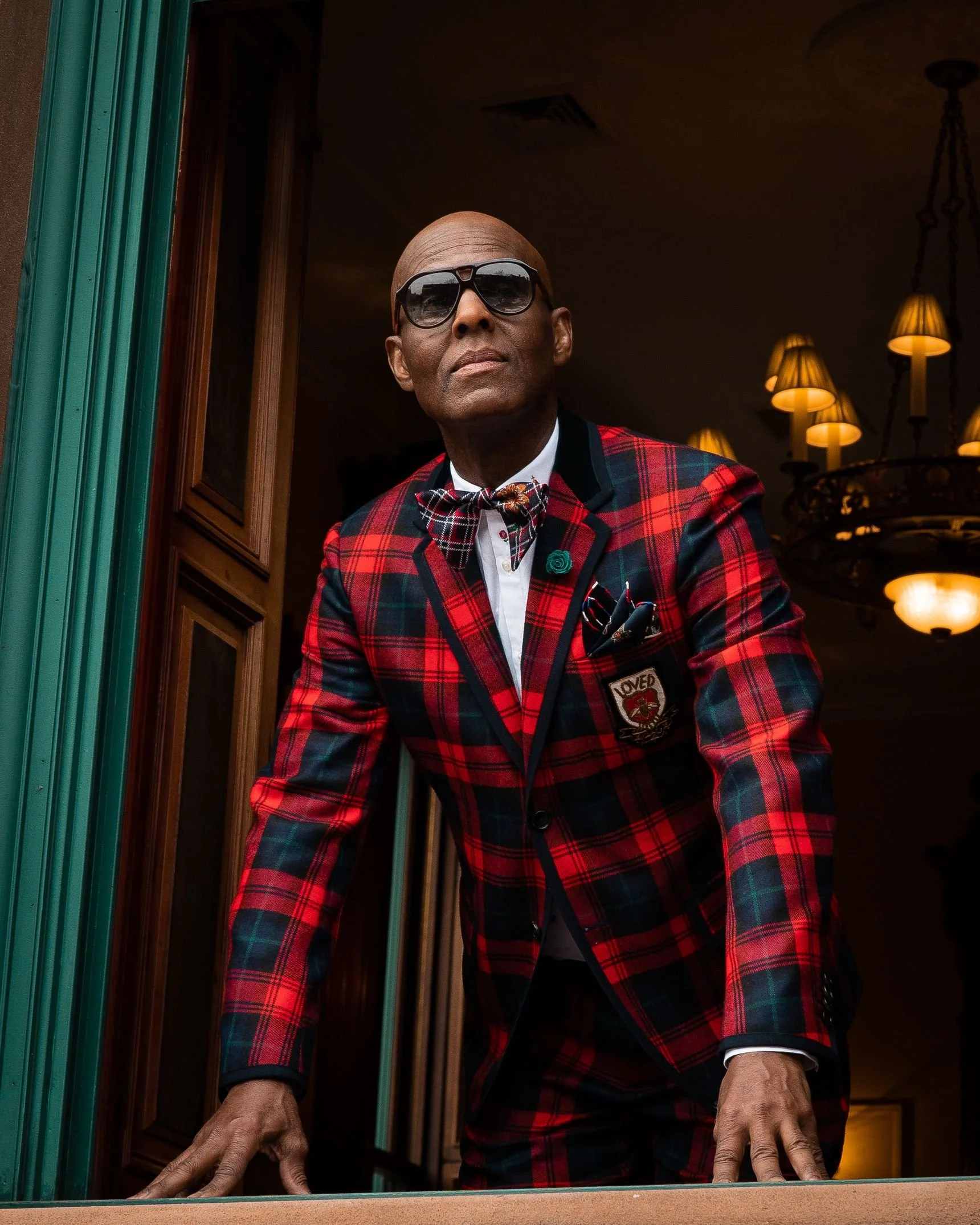'I came up a black staircase': How Dapper Dan Went from Fashion Industry Pariah to Gucci God
Original article by The Guardian
'I came up a black staircase': how Dapper Dan went from fashion industry pariah to Gucci god
It was a mentor on the gambling circuit in Harlem, New York, who gave Daniel Day the moniker that would make him famous. Day was just 13, but had revealed himself to be not only a better craps player than his guide, who was the original Dapper Dan, but also a better dresser. So it came to be that Day was christened “the new Dapper Dan”.
It wouldn’t be until decades later that Day would truly make his name. Dapper Dan’s Boutique, the legendary Harlem couturier he opened in 1982, kitted out local gamblers and gangsters, then later hip-hop stars and athletes such as Mike Tyson, Bobby Brown and Salt-N-Pepa. His custom pieces repurposed logos from the fashion houses that had overlooked black clientele. A pioneer in luxury streetwear, Day screenprinted the monograms of Gucci, Louis Vuitton, MCM and Fendi on to premium leathers to create silhouettes synonymous with early hip-hop style: tracksuits, bomber jackets, baseball and kufi caps. In the process he became a pariah of the fashion industry – and to this day, now aged 76, still one of its great influencers.
Day was born into poverty in East Harlem in 1944. He remembers when horse-drawn carriages lined the streets of Manhattan. His parents arrived during the Great Migration, which saw millions of African Americans flee the more overtly racist south in the early 20th century. “Even though we had a class that was capable of moving out [of Harlem], segregation wouldn’t allow that,” he says. “That’s why the Harlem renaissance – all these dynamic writers and poets – they were there because they had to be there.”
His mother was a homemaker and his father worked three jobs to make ends meet. Day and his three brothers and three sisters would go down with holes in their shoes to the nearby Harlem river to build models from the mud because they couldn’t afford toys. “We was very, very poor,” he says. “To compare it to anything you see today, it was like the favelas or Soweto.”
Shoe-shining was Day’s first adolescent “hustle”, quickly followed by gambling. “First thing that I learned in life was about the gospel,” he says. “The second was gambling.” He acquired the basics from his uncle, “Fishman Eddie”, who was a professional. But Day was also a keen reader and soon began devouring books on “percentages, law of probability and manipulation and sleight of hand”, and became, in his words, “very proficient at it”. At 13, he was earning thousands of dollars a day.
By high school, Day and one of his brothers had started using heroin – and in his early 20s, he was arrested for dealing drugs. He notes in his 2019 memoir, Dapper Dan: Made in Harlem, that had he been jailed today instead of in the late 60s, before harsh, discriminatory drug laws were implemented, he might have been imprisoned for a lifetime. Instead, he got one month and used prison as an opportunity to get clean, going cold turkey. “I was locked up with an older guy from my neighbourhood, Vic,” says Day. “And Vic says: ‘Listen, you know what you feel now? Well, it’s never getting worse than that.’ I learned that I could conquer these things.”
Dapper Dan in 2018.Photograph: MediaPunch Inc/Alamy Stock Photo
When Day left prison he began writing essays on Pan-Africanism in the late-60s progressive Harlem publication Forty Acres and a Mule. His mother was a Garveyite – an advocate for the black separatist movement led by the Jamaican activist Marcus Garvey. His father, who moved to Harlem alone in 1910 aged 12, was born just 35 years after the Emancipation Proclamation. His paternal grandfather was born a slave and later freed. “I developed a consciousness along those lines without really realising it, because I was constantly listening to my mom and dad talking about the trials and tribulations associated with being black,” he says.
Read full article, at The Guardian


